
In 1953, Ernst traveled through the Rhine Valley, which resulted in this picture. On her example, you can very clearly see what changes occurred in the manner and worldview of the artist after World War II.
During this period, the main motifs of Ernst’s work were landscapes and cosmogonic abstractions. The palette of the artist becomes much lighter in the 1950s, and the texture of his works is richer and more restrained at the same time.
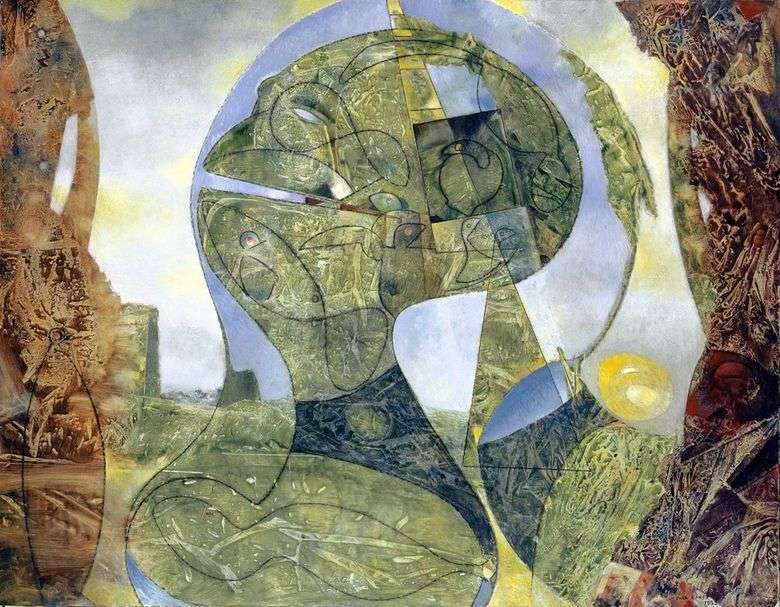 El viejo padre Raine – Max Ernst
El viejo padre Raine – Max Ernst The Colorado River by Max Ernst
The Colorado River by Max Ernst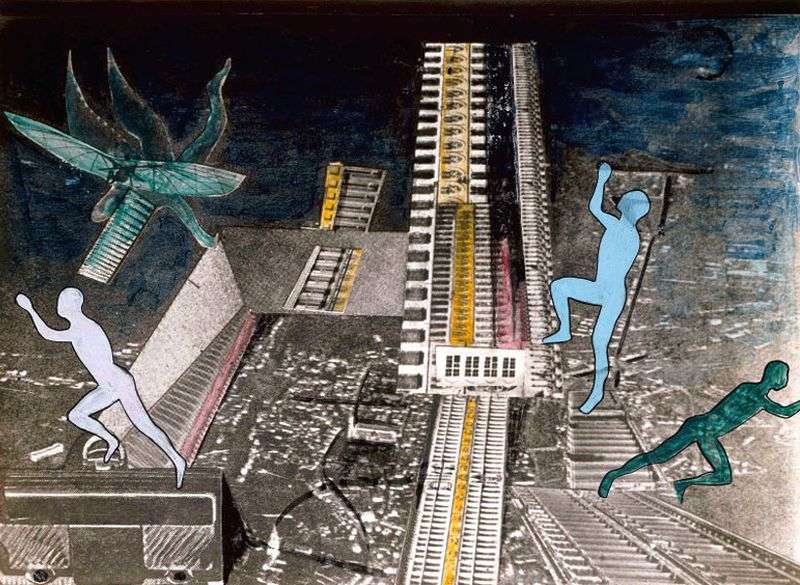 Beating babies by Max Ernst
Beating babies by Max Ernst Europe after the rain II by Max Ernst
Europe after the rain II by Max Ernst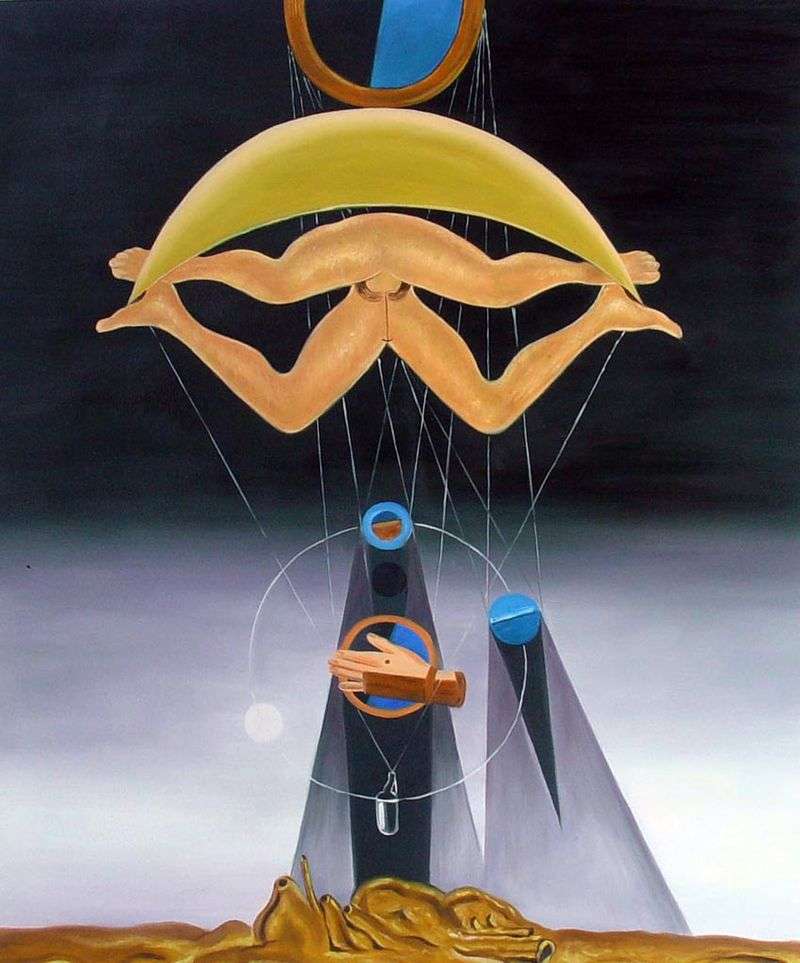 People do not know this by Max Ernst
People do not know this by Max Ernst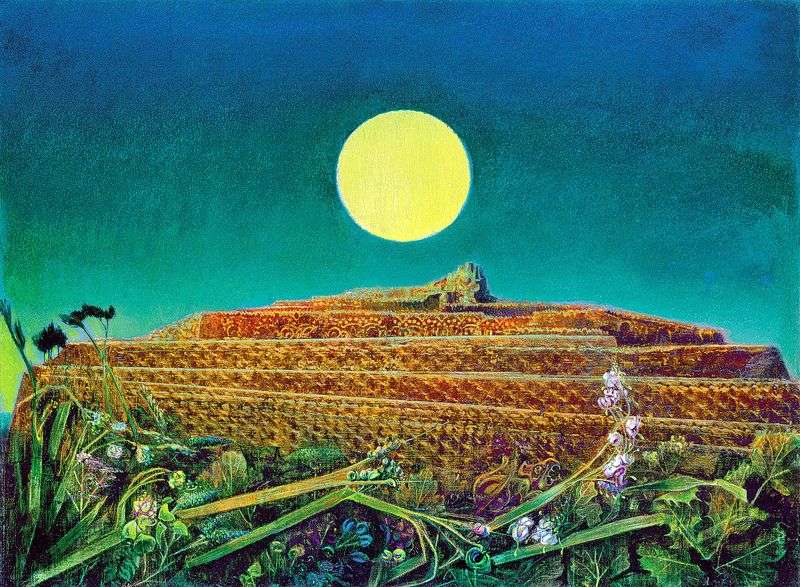 The whole city by Max Ernst
The whole city by Max Ernst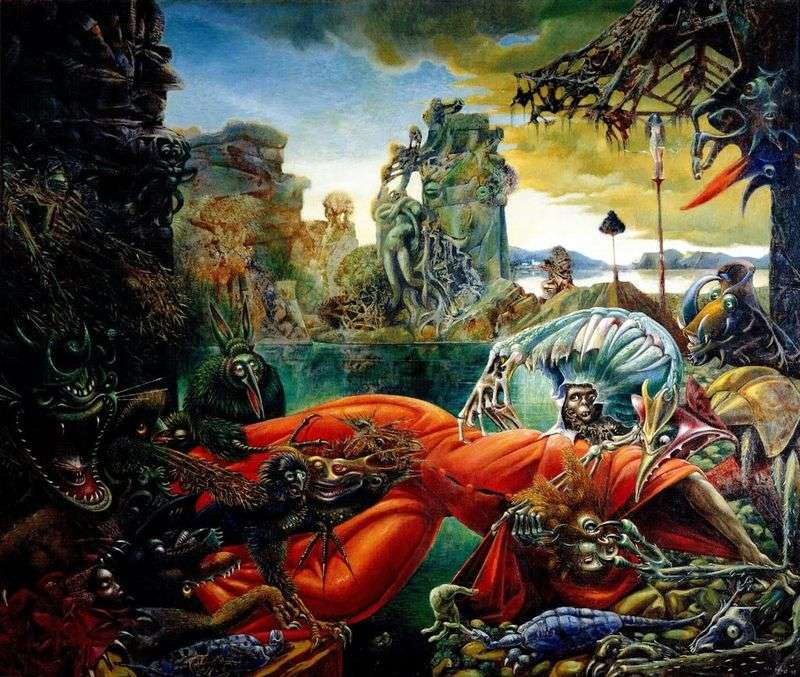 The Temptation of Saint Anthony by Max Ernst
The Temptation of Saint Anthony by Max Ernst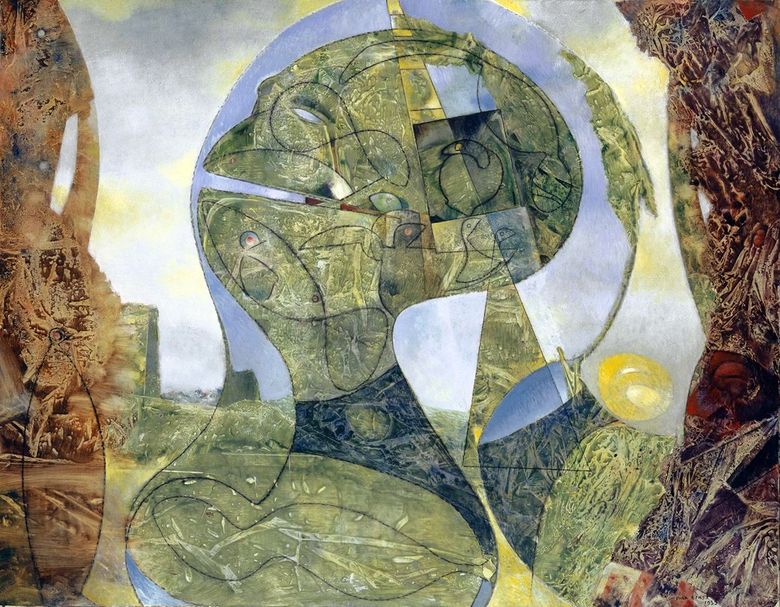 Pluie de vieux papa – Max Ernst
Pluie de vieux papa – Max Ernst